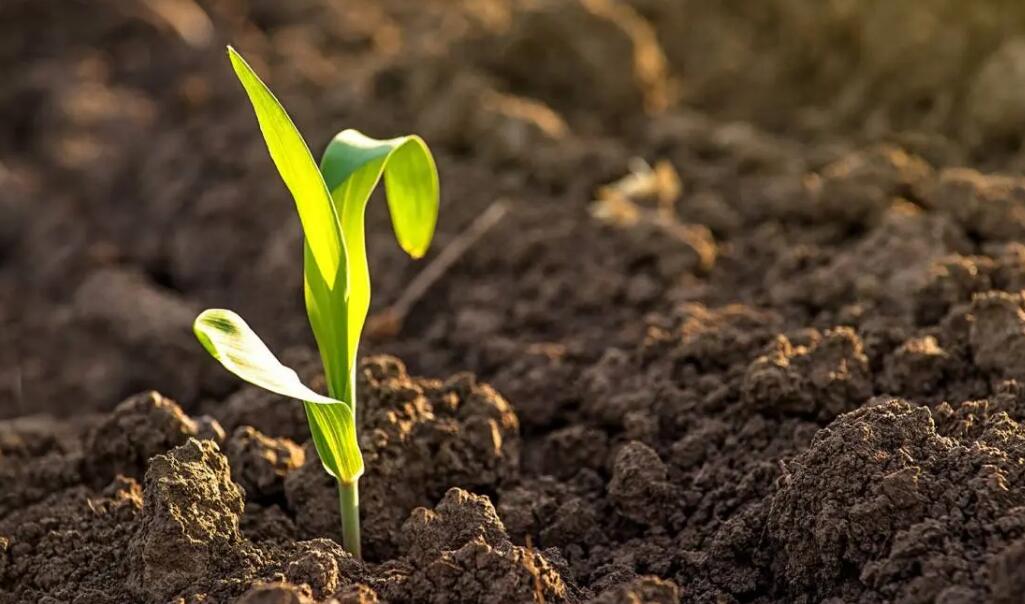PENG Keyan, ZHAO Kainan, ZHOU Fabao, DIAO Yanbin, CHEN Guangzhou, LI Shengdong
To clarify the regulatory effect of nitrogen(N)fertilizer reduction and postponing on the productivity of wheat-maize double cropping system in Huang-Huai-Hai Plain.The annual N fertilizer experiment of summer maize and winter wheat was established of four N application systems:annual N fertilizer application 400 kg/ha of traditional farmer treatment(F400),10% reduction of annual N fertilizer(FN),20% reduction of annual N fertilizer(FH),and 30% reduction of annual N fertilizer(FL)from 2020 to 2023 at Jiyang Experimental Base of the Shandong Academy of Agricultural Sciences in Jinan.The grain yield,aboveground N accumulation characteristics,N use efficiency,and the nitrate residue after harvest in the 0—200 cm soil layer of wheat-maize double cropping system were tested,in order to provide the theoretical basis for further optimization of N fertilizer management in Huang-Huai-Hai Plain.The results indicated that N fertilizer postponing was optimized the grain yield of summer maize and winter wheat under the condition of N reduction,and the averaged across the three years,FL significantly increased by 9.2%—18.1%,13.5%—20.5%,and 11.1%—19.1%,respectively,compared with F400 and FN.N fertilizer postponing improved the N accumulation rate,and promoted aboveground N accumulation at wheat-maize different growth stages,and the averaged across the three years,FL significantly increased plant N accumulation by 5.7%—12.3% and 5.0%—12.8% under silking and maturity,respectively,compared with F400,FN,and FH,as well as 8.2%—17.2% in grain N accumulation.For winter wheat,FL and FH treatments were significantly higher than F400 and FN at jointing,anthesis,and maturity,and the averaged across the three years,FL and FH significantly increased by 23.4%—28.1%,20.7%—26.3%,and 12.6%—20.8%,respectively,compared with F400,FN and FH,at the same time the grain N accumulation under FL significantly increased by 16.4%,15.0% and 5.8%,respectively,compared with F400 and FN.N fertilizer postponing optimized the N use efficiency of wheat-maize double crop system,the averaged across the three years,FL significantly increased N uptake efficiency by 4.8%—57.7% and 32.0%—72.4% of summer maize and winter wheat,respectively,compared with F400,FN,and FH;and FL significantly increased N partial factor productivity by 68.8% and 40.4% in summer maize,respectively,compared with F400 and FN,as well as by 38.4%—71.8% in winter wheat compared with F400,FN,and FH.At harvest of summer maize and winter wheat,the soil nitrate residue was mainly enrichment in the 0—40 cm soil layer under four N application systems,the averaged across the three years,accounted for 40.0%,38.9%,44.9%,42.5% and 37.3%,36.9%,46.7%,38.3% of the 0—200 cm soil layer,respectively.In addition,the obvious accumulated effects in 0—200 cm soil layer nitrate residue under F400 and FN treatments at harvest of summer maize and winter wheat,but there was the relative balance was achieved under FL and FH treatments.In conclusion,a 30% reduction of annual N fertilizer by N fertilizer postponing could optimize plant N accumulation characteristics and realized synergistic improve grain yield and N use efficiency.Therefore,FL treatment was an optimal N application system for realizing the collaborative target of high-yield,high-efficiency,and environment-friendly of wheat-maize double cropping system in Huang-Huai-Hai Plain.
